Lockdown photographs: insights into our collective experience
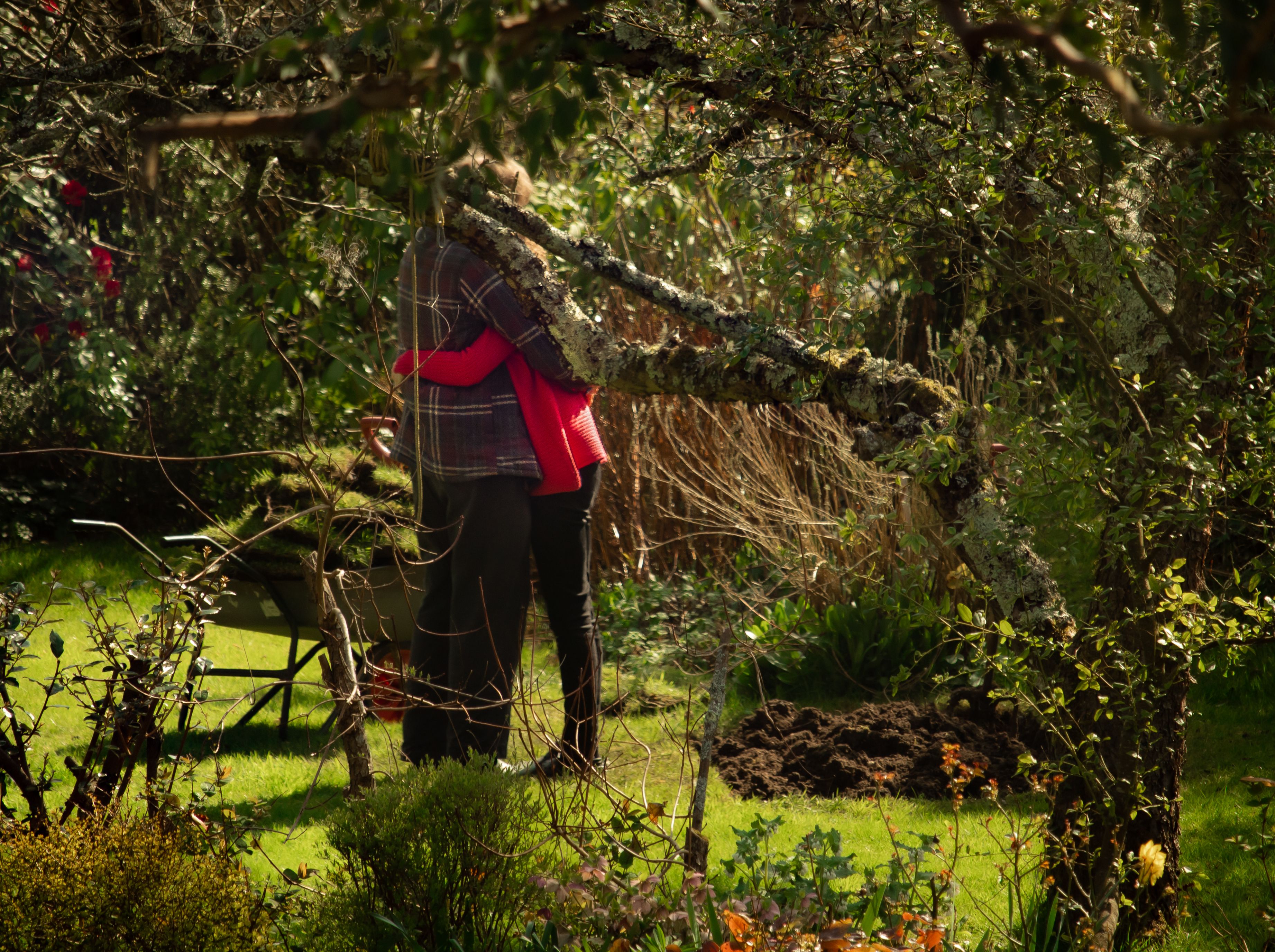
At the start of the UK’s first lockdown, UEA researchers launched a project to track the health of the nation. A year later, under specific instruction to include the good, the bad, and the ugly, the participants of that study were invited to provide photographs chronicling everyday life in lockdown. Here, we look back at the study and consider what the photographs tell us about our collective COVID-19 experience.
The research
The C-19 Health Behaviour and Wellbeing Daily Tracker Study hoped to understand the impact of the March 2020 lockdown on people’s health behaviours. “Almost everyone [approx. 1000 participants] who signed up engaged in three months of daily surveys,” says Prof Naughton. “While the daily surveys and interviews told us a lot about people’s experiences, it was clear there was a missing part of the jigsaw, particularly given how long pandemic-related restrictions were lasting. So, as we approached the anniversary of the first lockdown, we [Dr Sarah Hanson, Prof Felix Naughton, Dr Pippa Belderson, Dr Emma Ward, and Prof Caitlin Notley] had the idea of inviting participants to send in up to three photos with a short caption that described their lockdown and pandemic experiences over the first year.”
“The stories the photos and captions conveyed were sometimes extremely moving, sometimes uplifting and sometimes even funny (lots of pet pics!). But they reflected how varied people’s experiences were, and their resourcefulness under sometimes very challenging circumstances,” explains Prof Naughton.
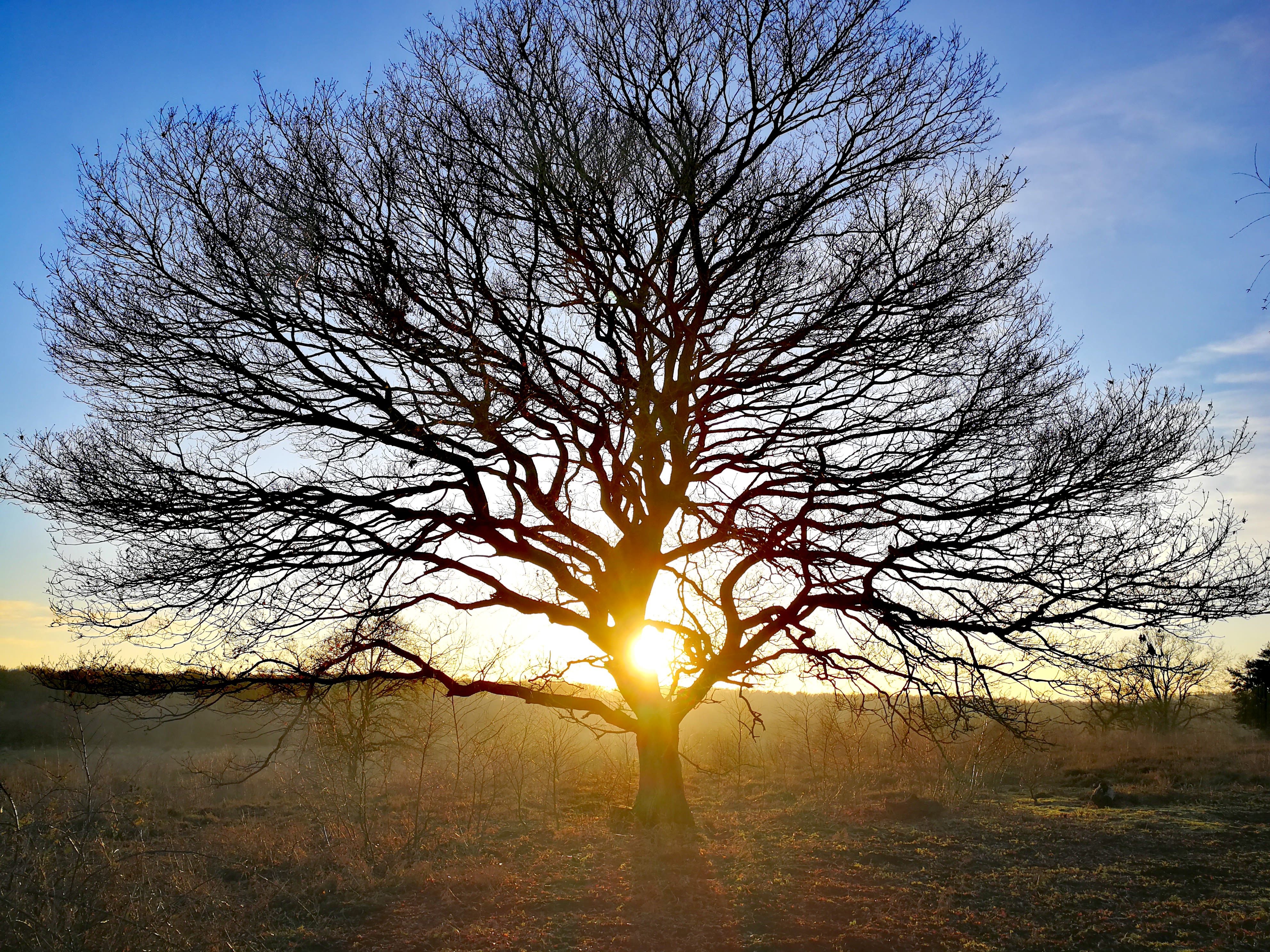
Differing experiences
The photos gradually exposed the stark differences between people’s lockdown experiences; however, common themes began to appear. “Some people were able to draw on resources that helped their wellbeing, such as gardens, and the ability to work from home; for others, the sense of loss was profound and the photos conveyed this through what was missing – empty swings in the park, empty churches, empty cities, the absence of guests at celebrations," explains Dr Hanson.
"We can only assume that the photographs that showed what people were missing out on were driven by the loss they felt by the restrictions"
Ultimately, two threads emerged. Salutogenesis (what makes us well) and a sense of loss permeated the data, synthesising perhaps the essence of being human during extended trauma: the yearning for what we've lost and our instinctual response to heal ourselves. “We often take photographs of happy smiling people, and beautiful surroundings," says Dr Hanson, "and whilst we had many of these - as people reflected on what had kept them well and given them hope during lockdown - we can only assume that the photographs that showed what people were missing out on were driven by the loss they felt by the restrictions.
Typically, particularly in the era of social media, photographs are staged or edited; designed to portray a version of ourselves that we deem interesting or impressive enough for our peers. However, in a research study where data has been requested as an insight into the reality of lockdown life, perhaps the true emotional state of the photographer is more likely to be on show. "No research is ever truly impartial," believes Dr Hanson. "I think the accompanying text helped us to unpick what mattered to people and how they felt about their experiences.
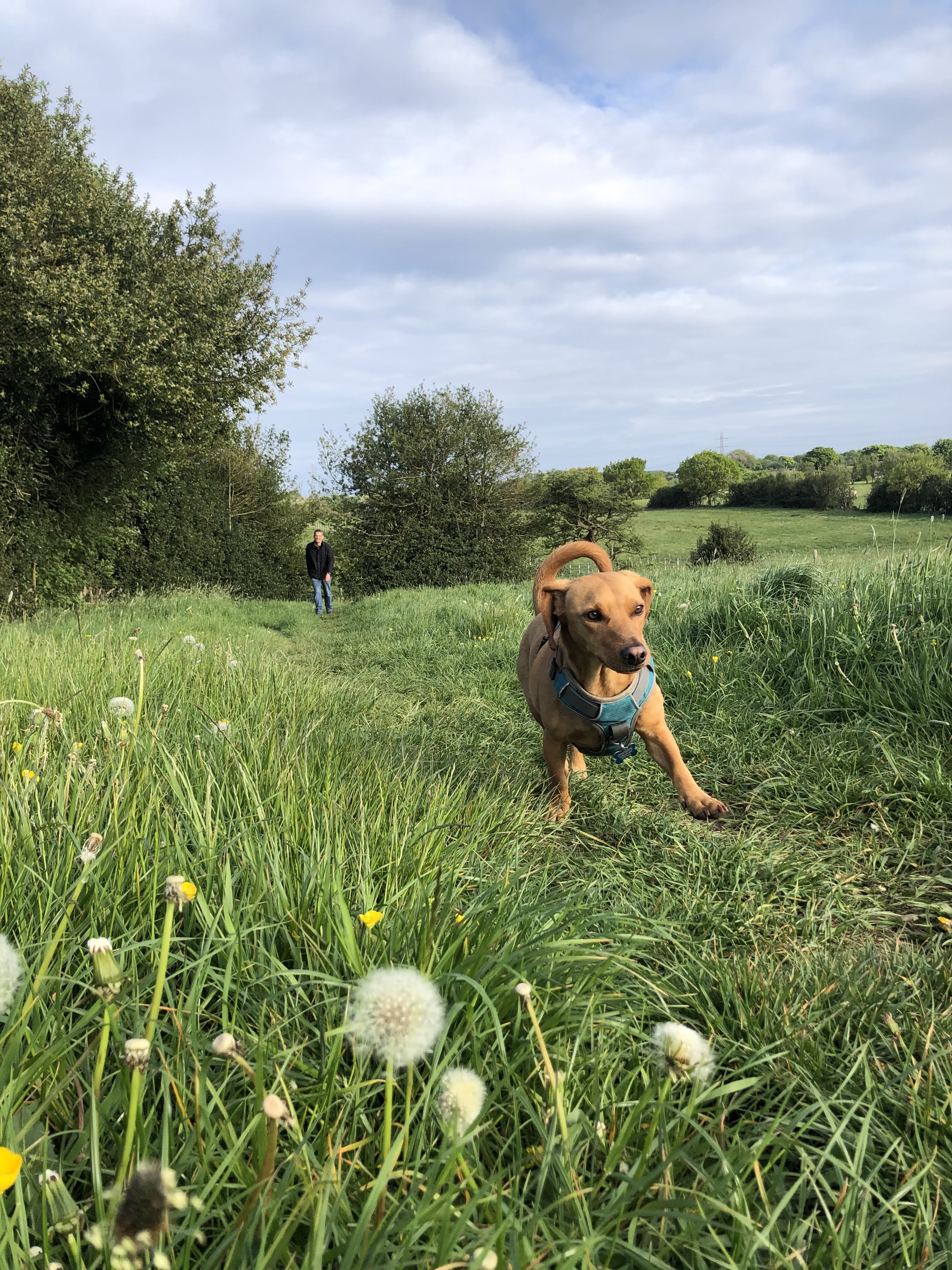
"Walks with my husband and our dog were a life-saver during lockdown. [They] kept me sane. We're lucky that we're surrounded by countryside where we live, and getting out for a daily walk was good for our mental and physical health."
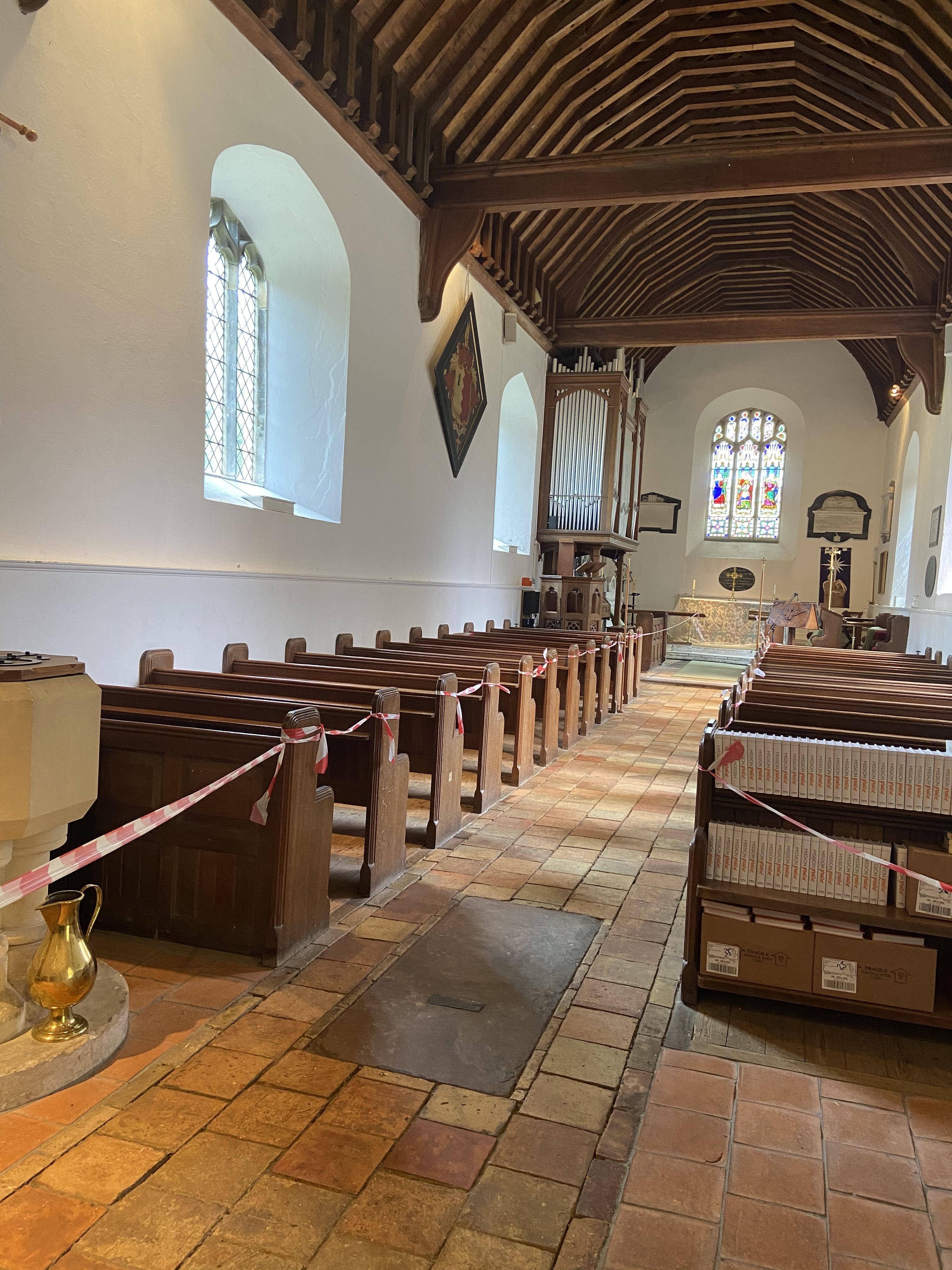
"My photo is of my church [...] last year, after we had prepared for some people to return and be COVID secure, for the short period it was allowed last summer. For the past year our buildings have been closed more than they have been open. I am used to being able to share worship with others every week and we have not sung in church for nearly a year. Even when open, we sat masked, with one household per alternate pew, scattered across the whole building, which was constantly cold because we were required to have the doors open, so it was not really church as we knew it. ... Whilst I accept that the loss of church worship has been necessary, it has been very challenging, as my faith has always supported me in hard times."
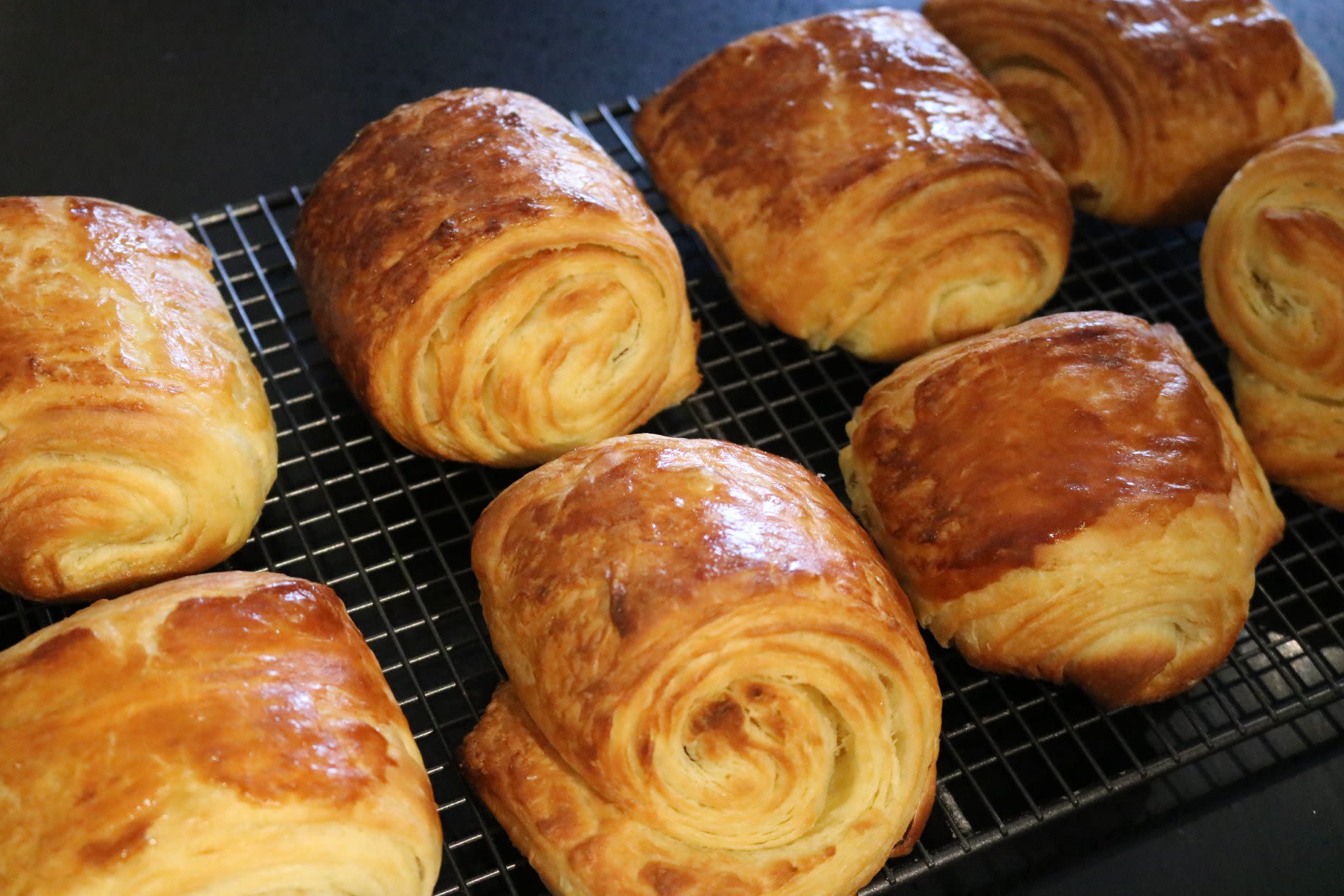
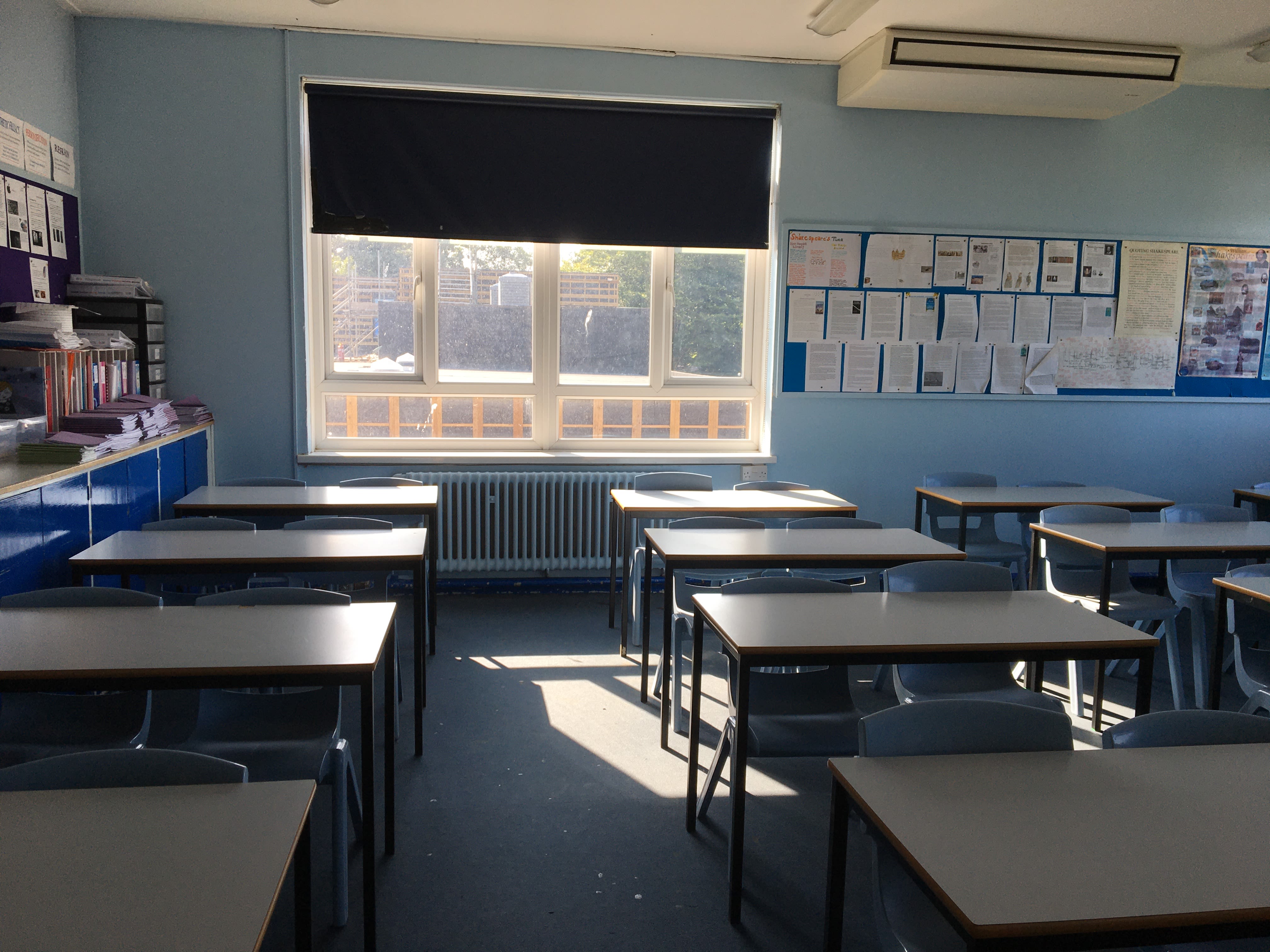
"I completed Netflix. I've watched over 600 episodes of Star Trek. I've completed iPlayer and Amazon Prime. I was locked in a room, but my only escape was early in the morning or late at night, when my family gave up the kitchen and I literally worked my way through Paul Hollywood baking books. I found baking not only acted as a meditation process, but gave me some structure to my life that I could control. It was in my power. I was reclaiming my freedom by choosing what to bake. COVID has taken away a lot from me. No rugby, no meeting friends, no going to the office, not even my own bed... but baking meant I could be me... and I found out I'm rather good at it :)"
A cathartic experience?
Perhaps the study itself contributed to the salutogenesis of the participants, as the eagerness to engage over an extended period suggests at least some satisfaction or sense of achievement. However, the researchers were fully aware that the request for insight into what was for many a traumatic period would prompt some deeply personal responses. Dr Hanson observes that “when you are asking people to share their experiences, you are, to a greater or lesser extent, scratching a wound. You need to be aware of this and take account of it. Some participants may well have felt that they did not want to chronicle this period in photographs. We do get a sense from the contributions, however, that writing text and taking photographs – and indeed being part of this study – was cathartic to people.”
The sense of catharsis or value in contributing to the research perhaps fostered commitment. Prof Naughton explains that “The participants were so engaged in the study that we continued to collect information about their experiences for two years after the first lockdown. Many people reported initially engaging in the study because they wanted to help with the chronicling of the pandemic from the perspective of people living through it. Some participants also told us they found participating in the study was cathartic and helped them process their experiences.”
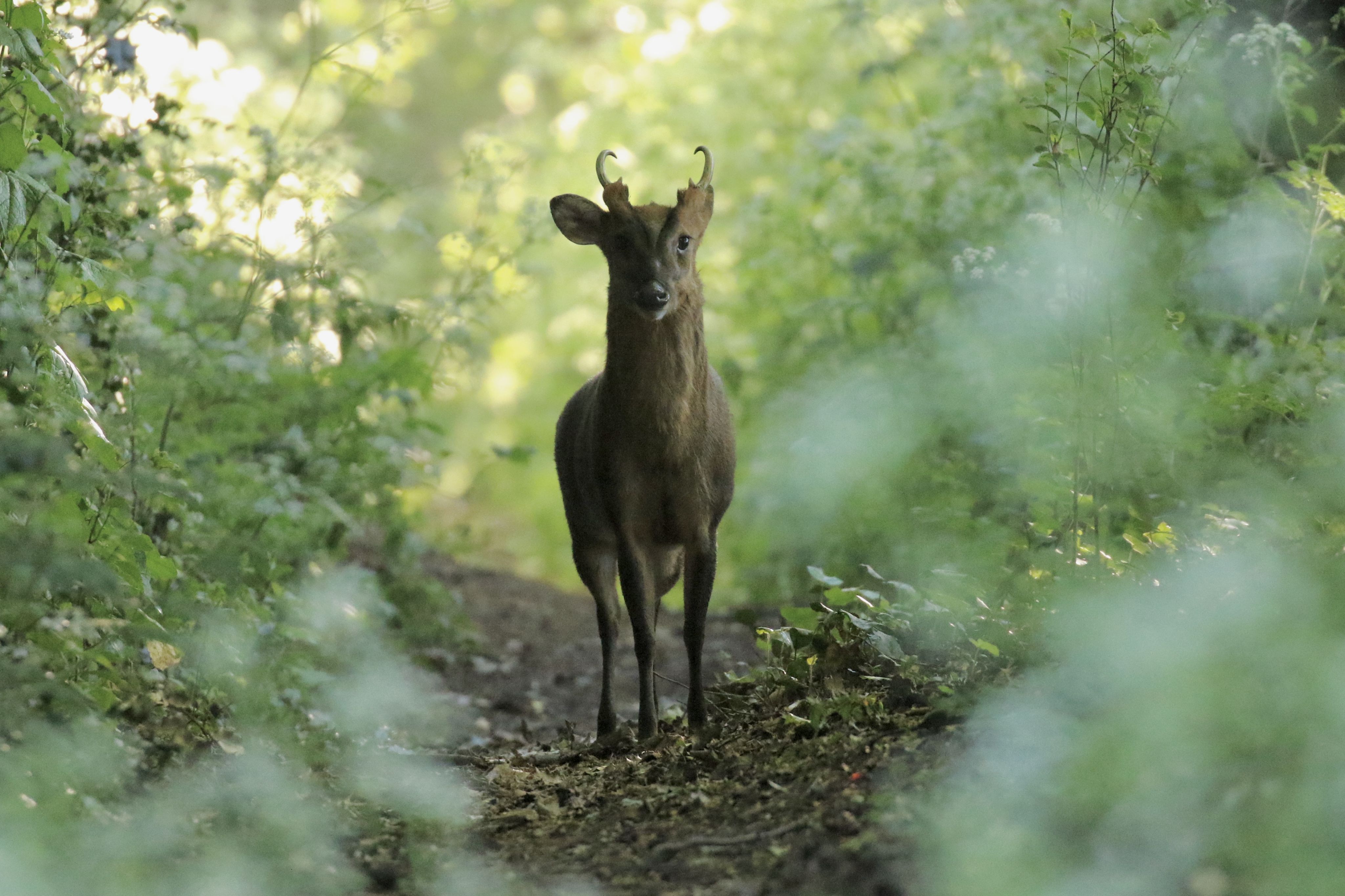
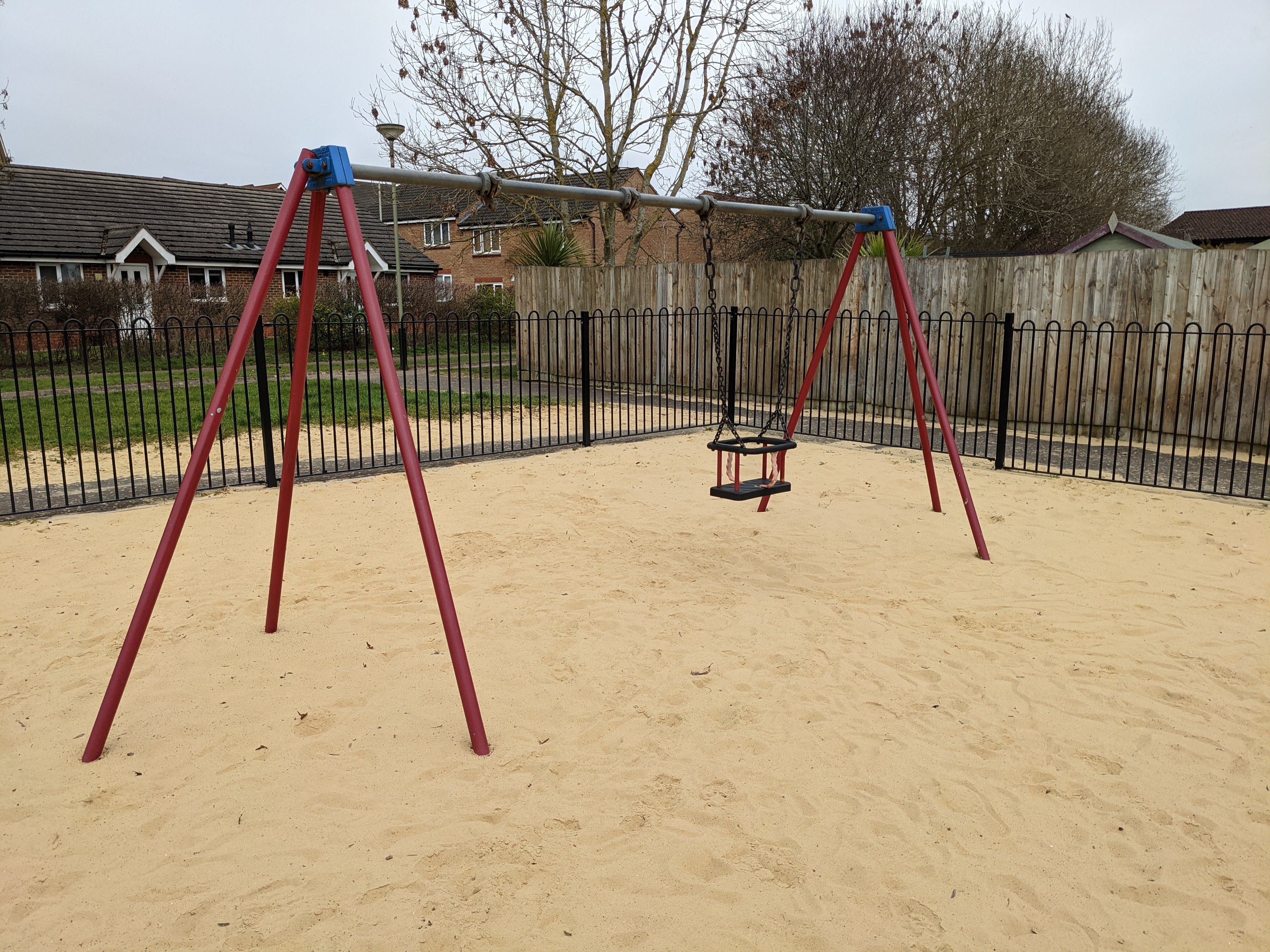
"Nature has been my touchstone during lockdown."
"When the local play parks reopened, every other swing had been removed."
'Lest we forget. Illuminating lived experience of the Covid-19 pandemic and lockdown' is available to read in full here.


